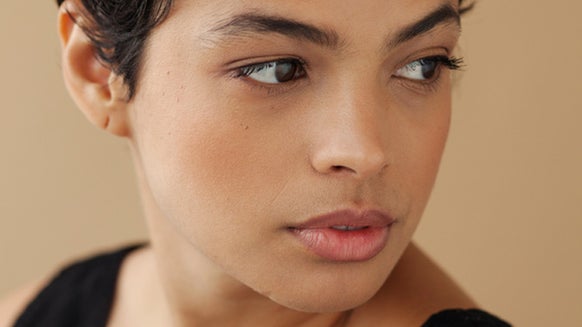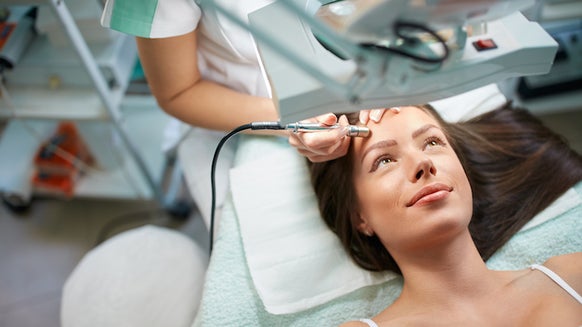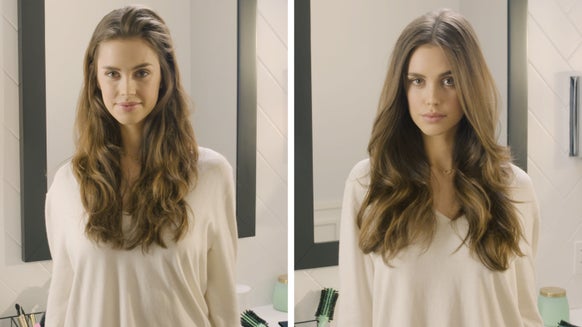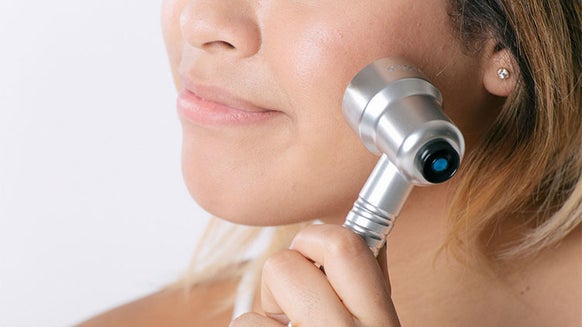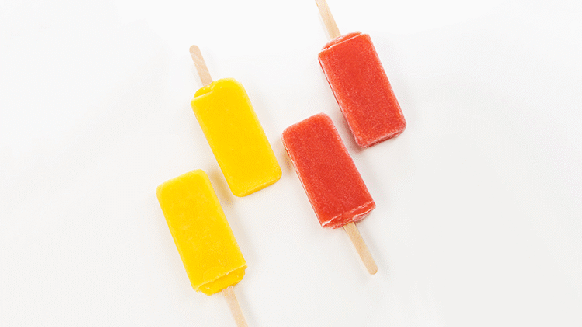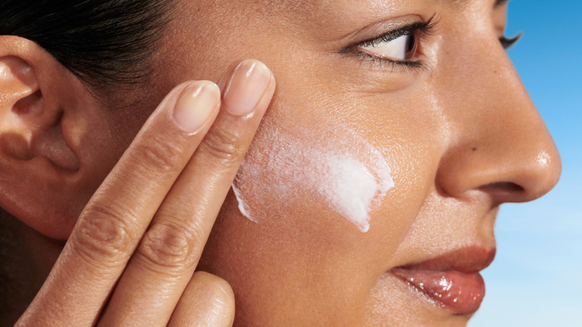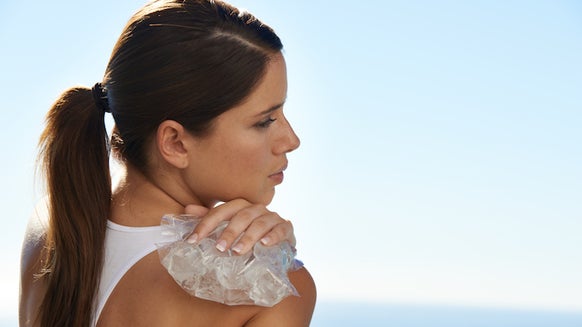What Is Microdermabrasion? Plus, 6 More FAQs
Microdermabrasion is a cosmetic treatment that involves physically exfoliating your skin for improved tone and texture. If you're like us, you may have a few questions about how it works, what it's used for and how best to care for your skin after a treatment. We spoke with Brooke Files, a licensed esthetician who specializes in skin resurfacing, to help us with answers to some of the most frequently asked questions about microdermabrasion.
1. What is microdermabrasion, and why would you recommend it to someone?
"Microdermabrasion is a procedure that removes the upper layers of skin known as the stratum corneum," explains Files. This treatment is a form of physical exfoliation that promotes new collagen production, smooths out the skin and helps reverse signs of aging by minimizing scars and smoothing out fine lines.
"I recommend this treatment for almost all skin types," says Files, except for those with "active skin conditions such as dermatitis, rosacea, open acne lesions, etc." However, Files does lay out some rules when it comes to getting this done: "When clients come to me wanting microdermabrasion, my only requirements are that they already have a basic skin care regimen." Microdermabrasion requires routine care before and after to attain the best results (more on that below).
2. What's the difference between dermabrasion and microdermabrasion?
Let's break down the words:
- Derm = skin
- Abrasion = scraping or wearing away
- Micro = very small
In short, both are facial treatments that improve skin's tone and texture by scraping away a layer (or multiple layers) of skin—with microdermabrasion being a less invasive treatment.
Dermabrasion is a medical technique designed to smooth the skin by reducing the appearance of scars, fine wrinkles or pre-cancerous growths. The procedure is considered a form of cosmetic surgery and may only be performed by a plastic surgeon or dermatologist. During the procedure, the doctor scrapes away at the skin, removing layer by layer until reaching the "safest level that will make the scar or wrinkle less visible," according to the American Society of Plastic Surgeons. Dermabrasion may be performed under local or general anesthesia. After the procedure, you should see dramatic improvements in your skin's texture and tone; however, the complete regeneration and re-pigmentation of skin can take up to six or twelve months.
Similarly, microdermabrasion can improve your skin's texture and tone. It's used to treat discoloration, sun damage, light scarring and stretch marks. Much less invasive than dermabrasion, microdermabrasion only removes the thicker, uneven outer layer. Unlike dermabrasion, you won't need to be under anesthesia and should only feel a sensation similar to a mild scratching or vibration. "Any licensed esthetician or physician can perform microdermabrasion," says Files, as it only involves the outermost layer of skin. Notably, there is also no downtime or recovery period following a treatment.
3. What are the different types of microdermabrasion? Is one better than the other?
Crystal microdermabrasion has been around the longest and is what most skin care professionals use when it comes to treating their patients. During crystal microdermabrasion, says Files, "a handheld wand is moved over the skin gently while tiny micro-crystals consisting of aluminum dioxide are delivered by the wand which bombards and removes damaged or aging skin." The device also has a small vacuum that sucks up the dead skin and already used crystals, making it easy to present a clear face post-procedure.
"Diamond-tip microdermabrasion, often compared to a cheese grater, utilizes a wand with a tip made from natural or synthetic diamond chips," Files says. "Because this technique is particle-free, some estheticians prefer it because they have more control and accuracy. It is also what is used in at-home devices."
How do the two compare?
Both treatments are relatively quick—averaging about 30 minutes per session—and any redness experienced afterward usually disappears by the end of the day. The diamond-tipped device allows the user to have more control and accuracy because it is particle-free. However, because the skin isn't completely level, Files notes that the crystal-tipped device "allows you to get into the grooves and go over the area a few times." Because skin cells can build up on the diamond-tipped wand, she says, "You can only make one pass across the surface."
4. How does a professional microdermabrasion treatment compare to using an at-home device?
5. How often would you recommend someone have microdermabrasion treatments?
"Microdermabrasion can be done once a week to once a month," says Files, "but it all depends on the person's goals and where their skin health is." Files suggests getting a minimum of six treatments to see results. "If you have pigmentation, scarring or other skin conditions, more treatments will be necessary," she explains. Microdermabrasion encourages the skin cycle of exfoliating dead skin cells and stimulating collagen to allow new skin to grow. Files emphasizes that there is no quick fix when it comes to skin care. Because microdermabrasion encourages skin improvements over time, “You need to train your skin like you were training for a marathon.”
6. What are some of the risks or safety concerns associated with microdermabrasion? And how can those be minimized?
Files notes that, because microdermabrasion is a non-invasive procedure, the risks are minimal. She cautions that if you are on any medication such as Accutane, prescription-strength retinol, Retin-A or tretinoin, you may want to avoid this treatment. Using these kinds of products makes your skin extra sensitive, and microdermabrasion may be too aggressive. "The client needs to be honest about their skin-care regimen. If they aren't, they risk serious complications that could result in scarring." If you are unsure about whether microdermabrasion is the right choice for your skin, it's always best to check with your dermatologist.
7. How should someone care for his or her skin after a microdermabrasion treatment?
"Most times I will suggest a light moisturizer like hyaluronic acid and follow up with a high broad-spectrum SPF," says Files. "Protecting your skin is the most important. You want to keep the skin hydrated but not overdo it." By applying a thick moisturizer post-treatment you are inhibiting the skin from doing what it needs to do—exfoliate. "Applying a thick moisturizer post-treatment is like gluing the dead skin onto your face." Additionally, because your skin will be more sensitive to sun exposure, you should be careful with retinol products for a few days—as retinol is very sensitive to light.

From the latest hair and makeup trends to the best solutions for your skin issues, we've got all your beauty concerns covered!
